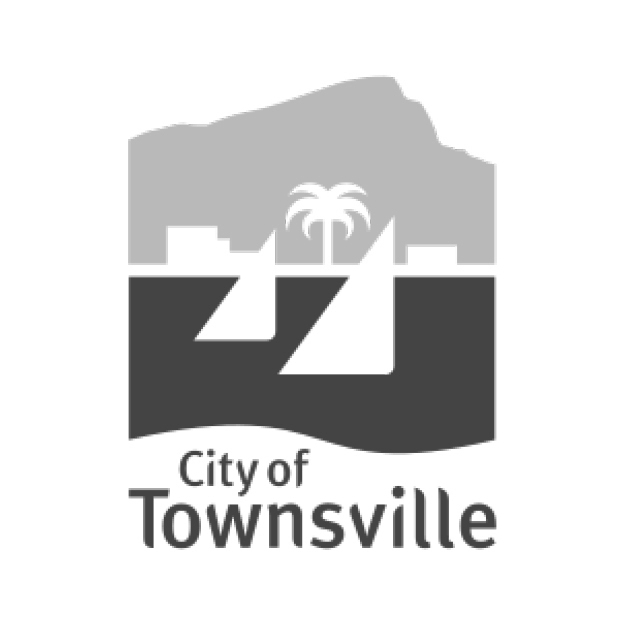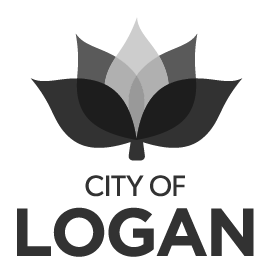Bring an End to Boring Meetings
One common mistake made by many organisations when conducting meetings is inviting large groups. This can be a waste of time, since the higher the number of participants, the greater the chances that the meeting will drag on too long. Furthermore, participants are more likely to feel less accountable and can be skeptical of being rewarded for their individual efforts in crowded meetings.
Clubs often invite too many people to their meetings for the wrong reasons, thereby creating large groups that make it challenging to work together. Smart clubs identify the purpose of each meeting and invite participants accordingly.
Apart from choosing the right people for a meeting, it is important that you plan your meeting efficiently. Everything – from preparing and distributing agendas to recording meeting minutes – should be planned. While efficient meeting management can be challenging manually, online meeting software can streamline and automate the process, thereby saving you time, money and effort.
Here are some types of meetings and a suggested number of participants for each.
Understanding a Problem: 3 to 4 People
For meetings where you simply need to properly define and understand a club problem, only invite people who can bring the required expertise. These people should be able to provide valuable information or gather information for their teams. Make sure that each person you invite has a role to play and that they do not wander off-track or repeat ideas.
Setting an Agenda: 2 People
Setting an agenda for a meeting can be a meeting in itself. This meeting should be short and usually only requires a club president and secretary.
Once you have decided upon the purpose of the meeting and its agenda items, you can leverage online meeting software to easily create the agenda and automatically distribute it among your committee in real time.
Brainstorming: 5 to 7 People
When it comes to brainstorming, invite people from different backgrounds to get diverse ideas. However, this does not mean that you need to invite more people to the meeting.
Common wisdom was that larger groups tend to generate better ideas; however, research suggests that this is not the case. When brainstorming, identify people who can bring their experience and expertise to confront a problem or challenge, and invite only them.
Decision-making: 4 to 6 People
Michael Mankins, a partner with Bain & Company in San Francisco, touts a 'Rule of 7', whereby the likelihood of sound decision-making decreases by 10% for every additional meeting participant over seven. This takes into account that the more people you have in a meeting, the more likely it is that they will talk over each other, leading to an environment in which it is difficult to make any decisions at all. To apply the 'Rule of 7', a meeting of 17 people will have an almost 0% chance of achieving any outcomes!
Regardless of the type of meeting, make sure to record meeting minutes so you stay on top of your decisions and action items. Share your minutes with the people who attended the meeting and those responsible for implementing the actions. Meeting minutes software can help you simplify and accelerate the process of recording and distributing meeting minutes.
meetingTRAC is smart and easy meeting management software that automates scheduling and agenda templates, allowing minutes and actions to be recorded and distributed electronically in real time.
meetingTRAC lightens the load on clubs, and community group volunteers by saving time, reducing stress, and empowering clubs and organisations to get on with running great organisations.
meetingTRAC is easy to integrate into any organisation, can run on any computer or mobile device, and does not require any software download. Sign up for a 7-day free trial to explore how meetingTRAC can help you drive efficient meetings.




























